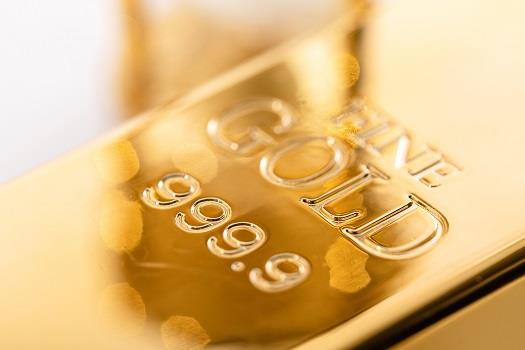Gold Bullion Purity: Karats, Weight, & Reliable Tests
Gold is often chosen based on current trends and popularity. However, many investors look for purity before making purchases and trades involving the precious metal. You could struggle to determine the gold’s value without knowing the purity testing procedures. Below, the precious metals experts from First National Bullion, the best place to buy gold in San Diego, explain what to consider when it comes to the purity of gold bullion.
Karats
Pure gold is malleable and very soft, which is why it’s often mixed with harder metals. As a result, most gold pieces are referred to as gold alloy instead of pure gold. Regardless, the purity will be measured in fineness and karats.
Pure gold is 24 karats, whereas anything less than this amount consists of multiple metals. For example, if the gold bullion is 8 karats, it would be 8 karats of pure gold and 16 karats of another metal. Always check the karat and fineness measurements before investing to know precisely what you’re purchasing.
Size & Weight
Gold coins typically adhere to specific measurements, making it easier to verify their authenticity. Grams and troy ounces are the most common measurements for the weight of gold bullion. Gold bullion bars come in various weights, such as 1 kilo, 10 ounces, 100 grams, 1 ounce, 20 grams, and so on. However, one gram is often the smallest size.
Gold bullion can be minted into coins to increase durability. Regardless, gold is hard to duplicate due to its density. Therefore, if a seller or trader is trying to pass off unauthentic coins, it would be very challenging to replicate the weight of the precious metal, giving you the alert to move on to a reputable seller or boutique.
Sound Testing
Another way to test the purity of gold bullion is what many refer to as a sound test, where you listen for a “ping” noise and base your judgment on that. You’ll need to strike the gold with another metal. You can place the coin in your hand and hit it with another coin. You should hear a high-pitched, long-ringing sound. If you don’t, you have an unauthentic piece of precious metal in your hand and should refrain from purchasing it. The duller and much shorter sound is due to the coin being made of a base metal, which pure gold bullion coins aren’t.
Water Testing
You can test the heaviness of the gold bullion in water to determine its authenticity. Drop the gold coin into a bucket of water and see where it lands. If the precious metal is pure, it will sink to the bottom of the bowl. Fake gold will float at the top of the bucket due to its low density.
Another factor to look for is any color change after water testing. If you have pure gold bullion, it won’t change colors or rust at any point.
Whether they’re looking to buy or sell palladium bars, gold coins, or silver bullion, San Diego residents trust the reputable dealers at First National Bullion and Coin. You can rely on our experienced professionals when you’re looking to add precious metals to your collection or investment portfolio. Call one of our precious metals experts today.
The statements made in this blog are opinions, and past performance is not indicative of future returns. Precious metals, like all investments, carry risk. Precious metals and coins may appreciate, depreciate, or stay the same in cash value depending on a variety of factors. First National Bullion does not guarantee, and its website and employees make no representation, that any metals for sale will appreciate sufficiently to earn the customers a profit. The decision to buy, sell, or borrow precious metals and which precious metals to purchase, borrow, or sell are made at the customer’s sole discretion.


